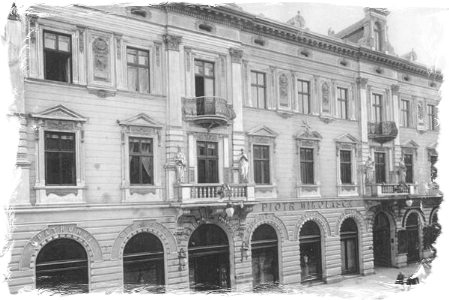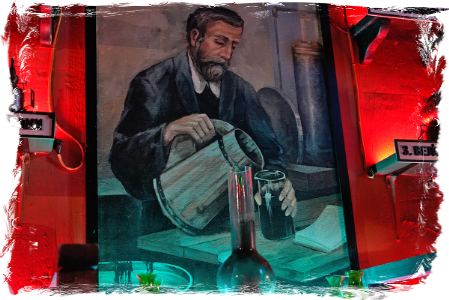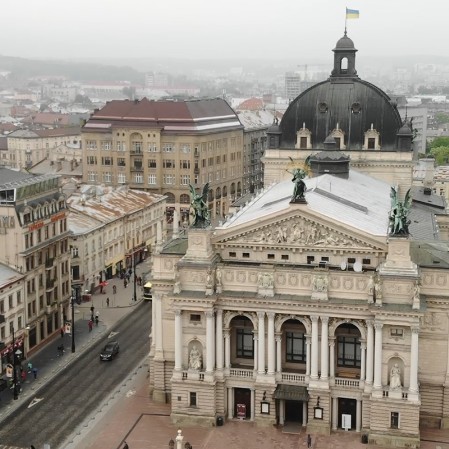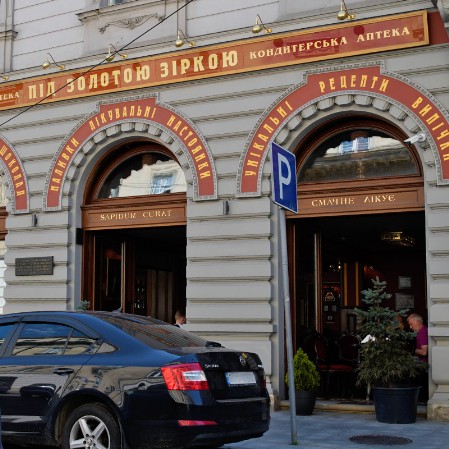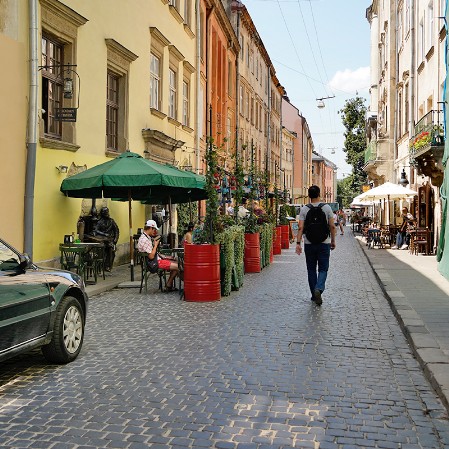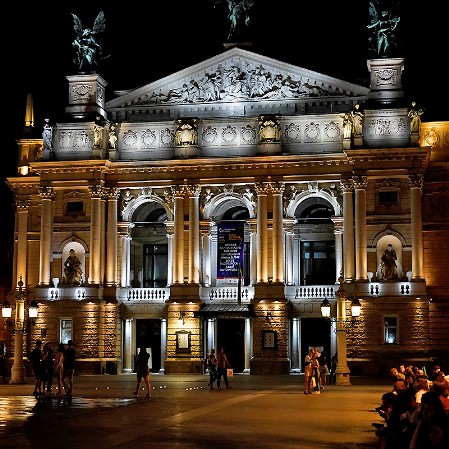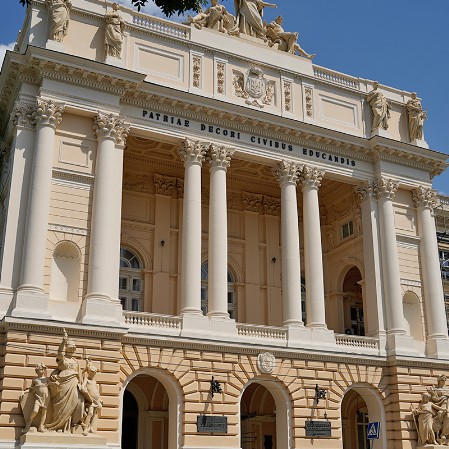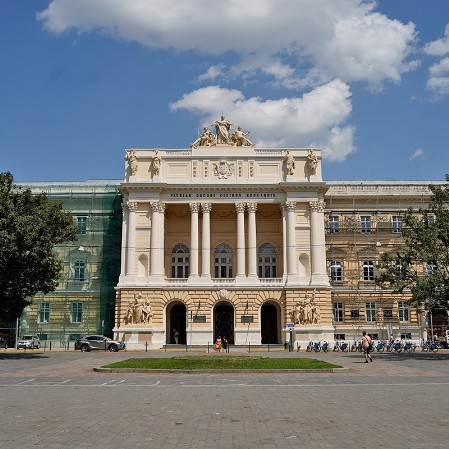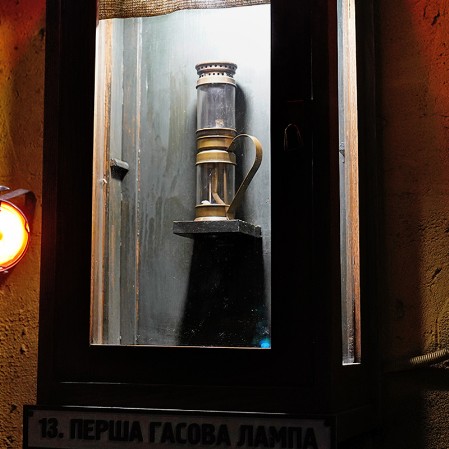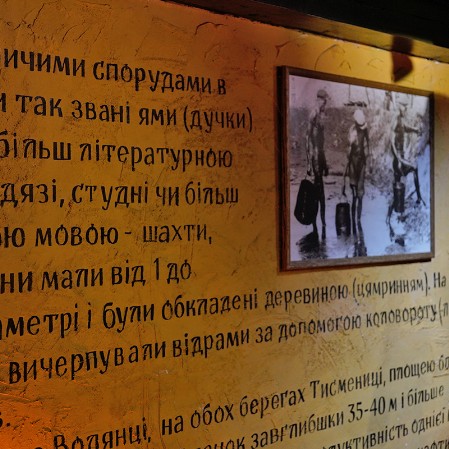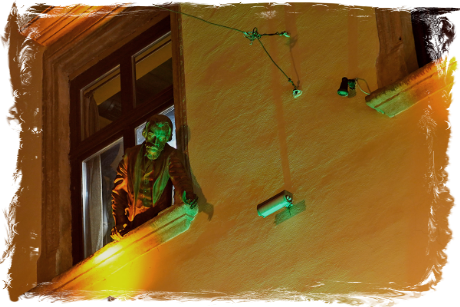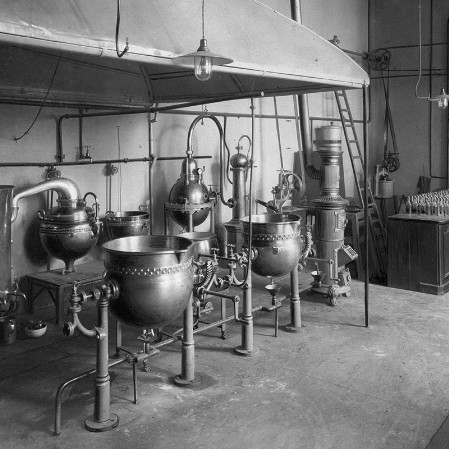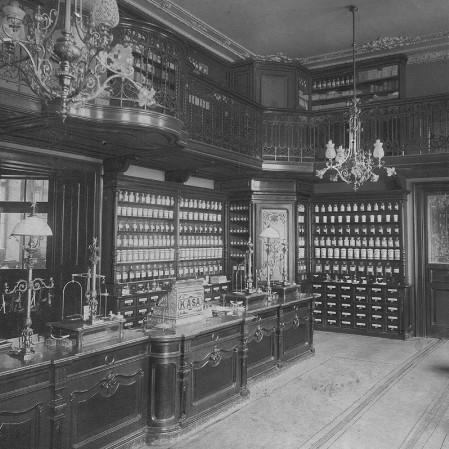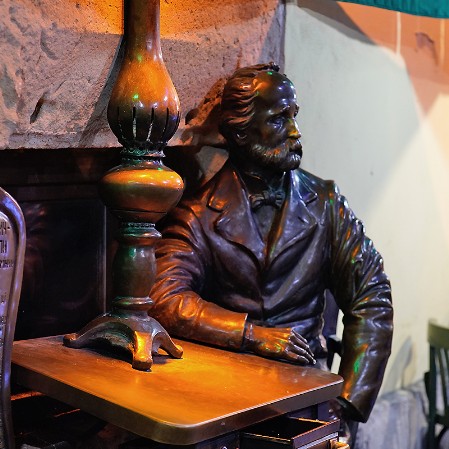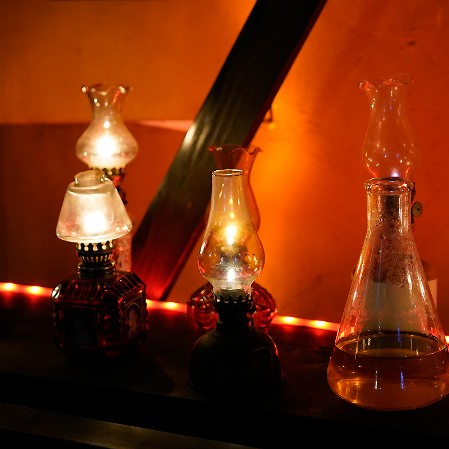In the footsteps of Łukasiewicz- Lviv
Movie about Lukasiewicz & oil heritage at Lviv.
Lwów
Lviv is one of the most populous cities in Ukraine. It is the administrative centre of the region. It is situated on the border of eastern Roztochia Upland and the Podolia Highland, on the Poltva River. Lviv was founded around 1250 by the King of Rus, Daniel Halicki, who named the city after his son, Lew. Today, Lviv is an important centre of science, culture and social life in Ukraine, also for the Polish minority. It is also an important industrial centre as well as an air, rail and road junction.
"Kerosene lamp" at Wirmienska Street 20 is both a restaurant and a museum with the second largest collection of kerosene lamps in Europe, numbering 528 items. All stages of crude oil production and distillation are reconstructed here. There is an exact copy of one of the first kerosene lamps. In addition, there are Emperor Franz Joseph's table lamps, Giuseppe Garibaldi and Mikłucho-Makłaj lamps. At the entrance to the premises you can take a photo near the monument to the kerosene lamp and its inventors - Jan Zeh, who is sitting by the lamp, and Ignacy Łukaszewicz, who is looking out the window on the second floor.
The employer of Łukasiewicz and Zeh, businessman Piotr Mikolasch in the years 1898-1901built a shopping arcade at Kopernika Street 1, which was one of the first Art Nouveau buildings in the city. There were shops and cafes. Unfortunately, the building did not survive the war.
The three-storey building of the old pharmacy called "Under the Gold Star" ,which is situated in the city centre on the first floor, housed a pharmacy, three shops. The other two floors were used as apartments. It was there, that in 1853 the world's first kerosene lamp was invented. Currently, there is an interactive confectionery museum. The valuable exhibits include restored furniture, authentic kerosene lamps.
The State Museum of Natural History of the National Academy of Sciences of Ukraine is located at 18 Teatralna Street in a historic building. It is one of the oldest and richest natural history funds among museums in Europe. It was founded by the Earl Włodzimierz Dzieduszycki, a patron of natural sciences in 1870. The museum's collection has over 500,000. items. Among the unique monuments in the museum there are exhibits of a mammoth and woolly rhinoceros from the ozokerite mine in Starunia in Ivano-Frankivsk Oblast, meteorites found in Pułtusk as well as amber with inclusions.
Trivia
Kerosene lamp
Ignacy Łukasiewicz's kerosene lamp was used for the first time for lighting during an operation in the Hospital of the Lviv Medical University named after Daniła Galickoho. Ignacy Łukasiewicz was an MP and debated in the building of the former National Parliament which is now the building of the University of Lviv.



